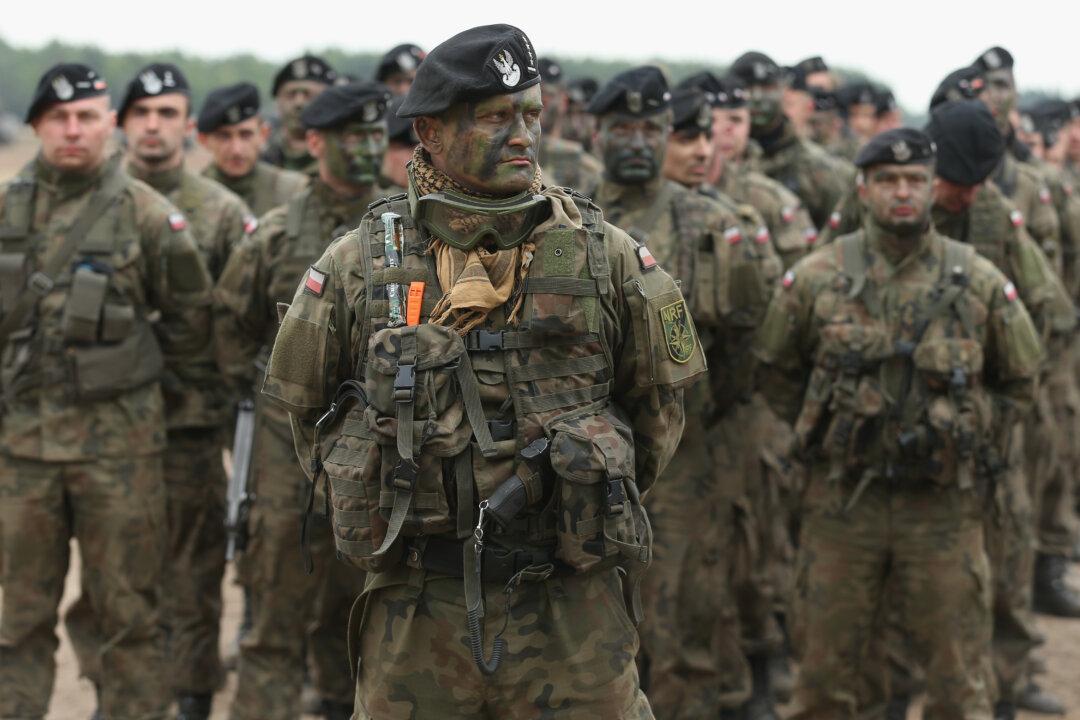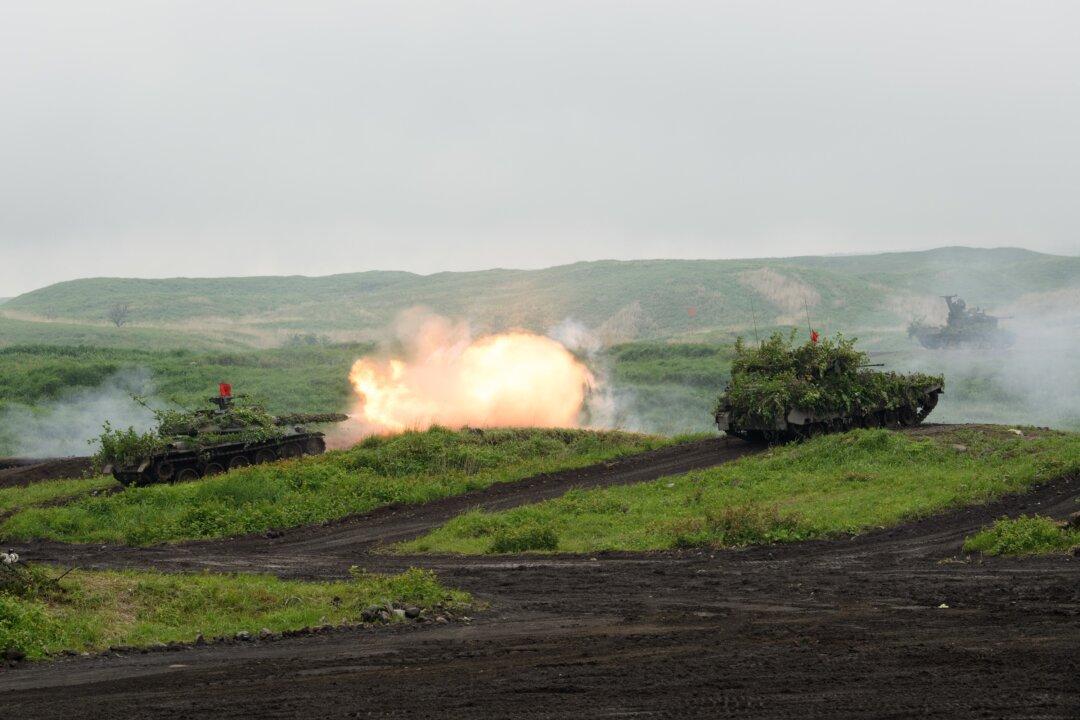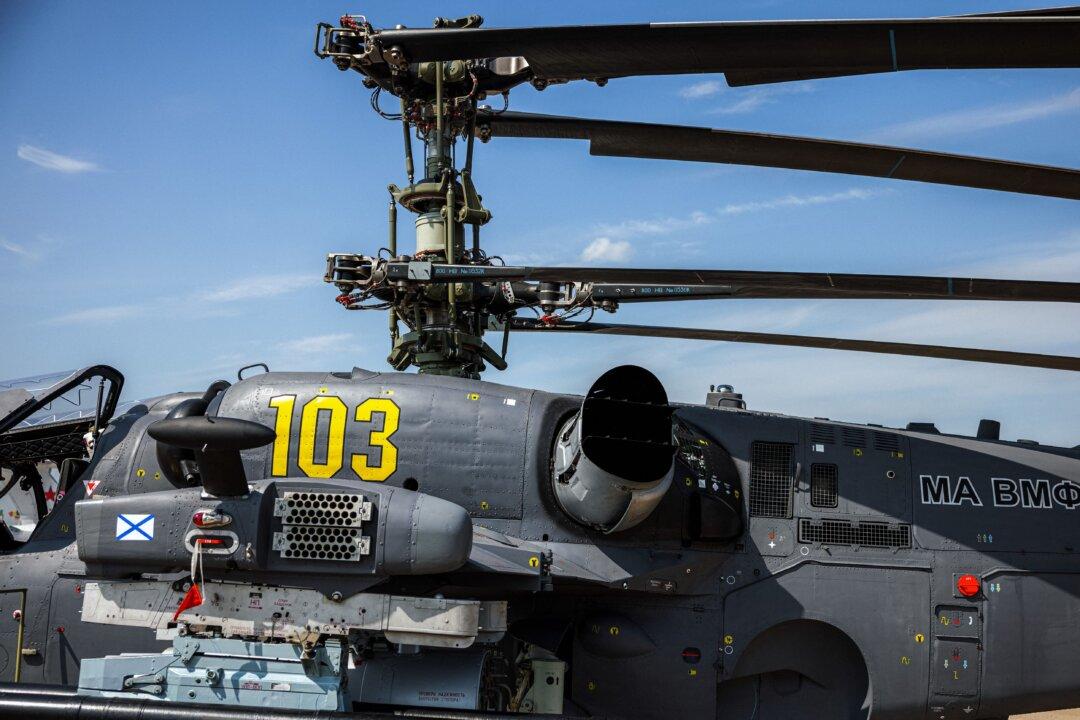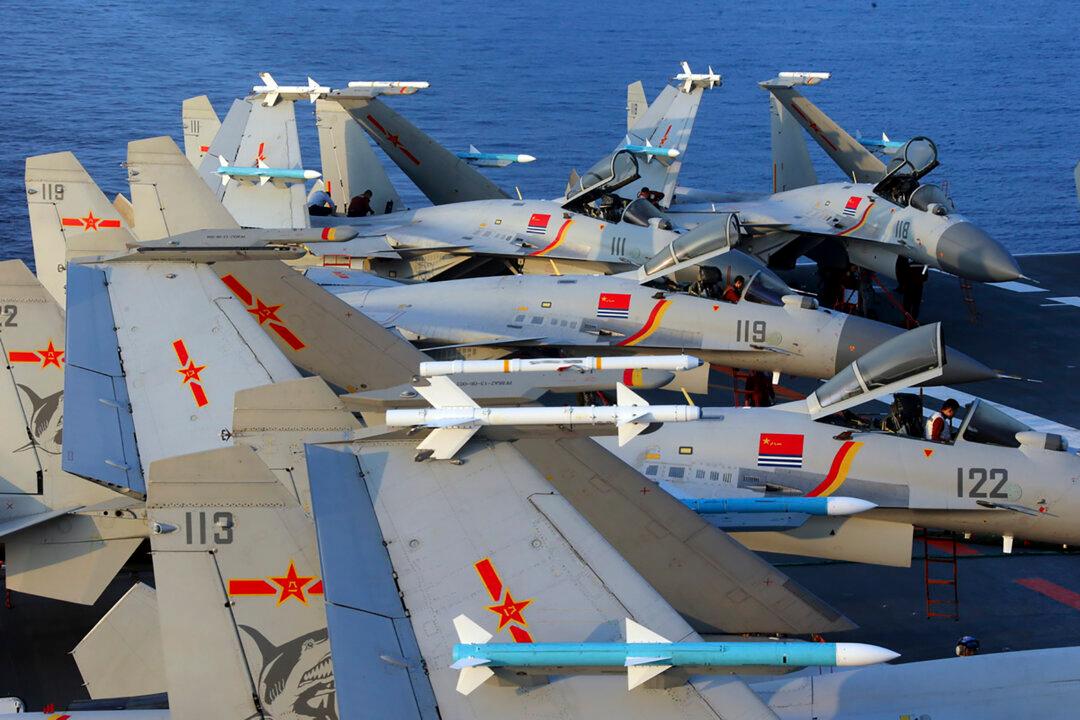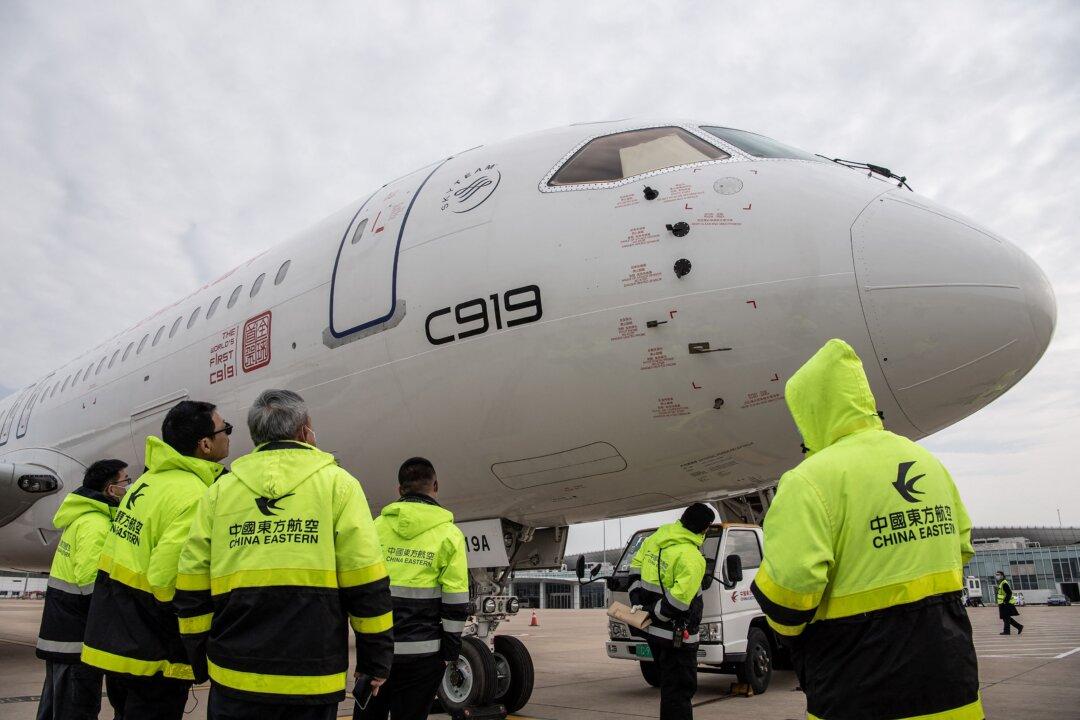Commentary
During the Cold War, the United States counted on a few key European allies to shore up the NATO alliance. West Germany was the Atlantic Alliance’s front line, hosting hundreds of thousands of troops from several NATO nations. Britain was America’s unsinkable aircraft carrier for medium-range bombers. Italy and Spain provided critical infrastructure for the U.S. Navy.
